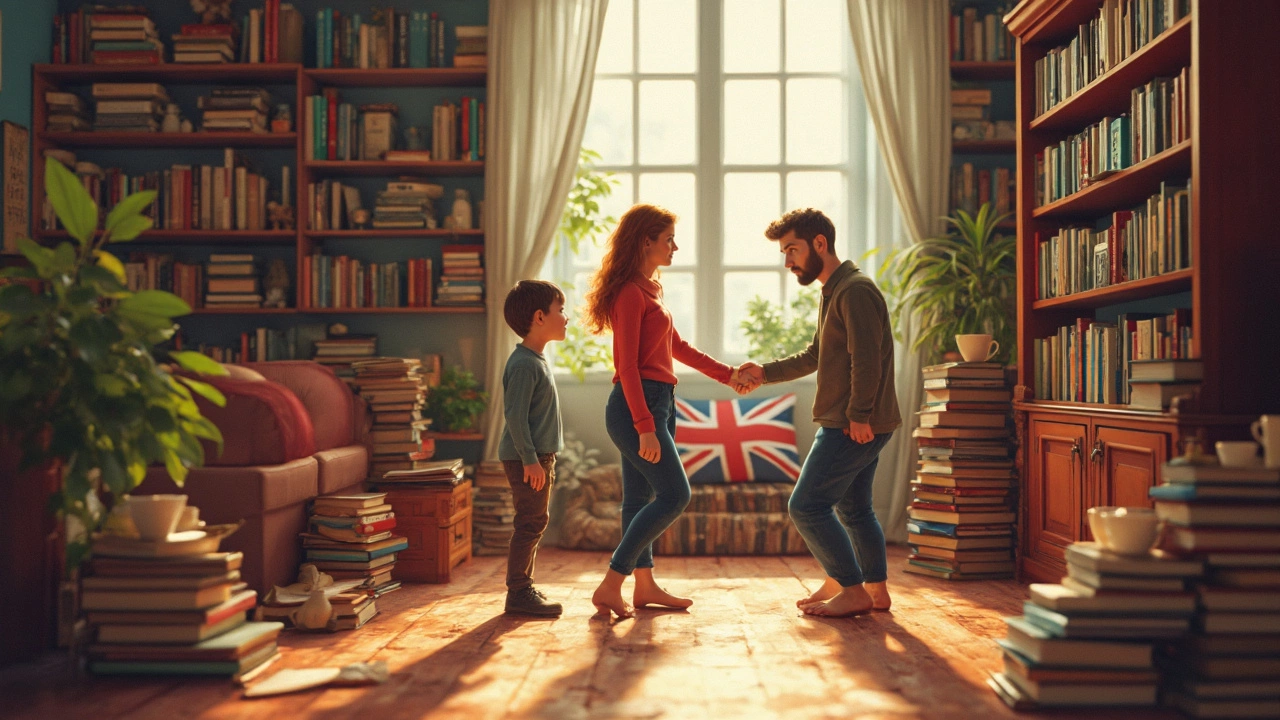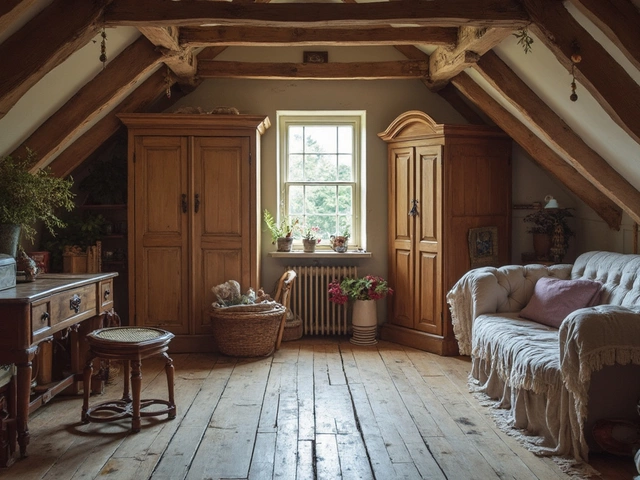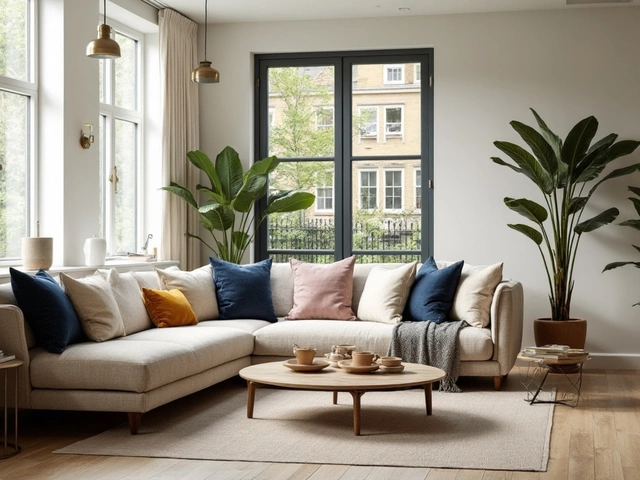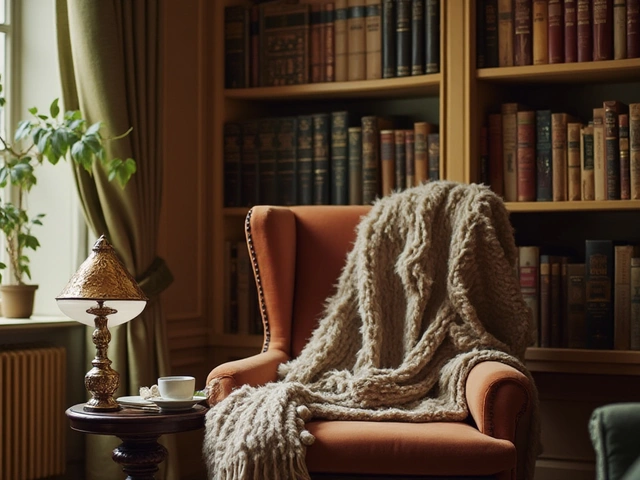Bookshelf Types: Which One Fits Your Home?
If you’re scrolling through furniture sites wondering which bookshelf will actually work in your room, you’re not alone. The market is packed with everything from ladder‑style units to built‑in wall systems. The good news? Picking the right type is mostly about two things: the space you have and the look you love. Below is a quick, no‑fluff rundown of the most common bookshelf styles and how to make them work for you.
Classic Free‑Standing Shelves
Free‑standing bookshelves are the go‑to for most renters and homeowners because they don’t need any wall work. They come in three basic shapes:
- Standard rectangular – straight lines, adjustable shelves, easy to move.
- Ladder or leaning – a lean‑to design that adds a casual vibe and works well in corners.
- Cube or modular – individual cubes you can stack or arrange in a pattern, perfect for a modern feel.
Materials range from solid oak and pine to engineered MDF with a veneer finish. If you want a warm look, go with real wood; if you need something budget‑friendly, choose a sturdy MDF piece and add a coat of paint.
Built‑In and Wall‑Mounted Units
Built‑ins turn a wall into a feature. They’re ideal when you have a dedicated reading nook or want to hide clutter. Wall‑mounted shelves are lighter and can be spaced exactly where you need them – think floating shelves above a desk or a row that frames a TV.
Key points to remember:
- Measure the wall studs and place brackets in solid wood for safety.
- Use thicker boards (at least ¾‑inch) for heavy books to avoid sagging.
- Mix open shelves with cabinets for a balanced look.
Both built‑ins and floating shelves let you play with height, so you can store tall art books on the bottom and display small décor on top.
Specialty Styles
When you want something beyond the basics, consider these niche options:
- Industrial pipe shelves – metal pipes paired with reclaimed wood for a loft‑style vibe.
- Scandinavian minimal – light‑colored wood, clean lines, and low back panels that keep the room airy.
- Eco‑friendly reclaimed – salvaged timber gives character and reduces waste.
These styles often require a bit of DIY or a custom order, but the unique look can become the centerpiece of your living room or study.
So how do you choose? Start with the room’s dimensions. Measure the width of a wall or the floor space you have, then decide how tall you want the unit to be - ceiling‑high shelves look impressive, but a lower console works better in small rooms. Next, think about weight: heavy books need sturdy support, so avoid thin glass shelves unless you’re storing only light paperbacks.
Finally, match the shelf’s finish to the rest of your furniture. Dark walnut pairs well with leather sofas, while a whitewashed pine complements a pastel bedroom. If you’re unsure, a neutral finish like natural oak or a light grey paint can blend with most decors.
At Crafted Furniture Solutions we can turn any of these ideas into a custom piece that fits your exact space. Whether you need a sleek ladder shelf for a city flat or a solid built‑in wall unit for a home office, our craftsmen will measure, design, and build it to last.
Ready to pick a bookshelf type? Grab a tape measure, check your wall strengths, and decide which style speaks to you. Your perfect bookshelf is just a few decisions away.



